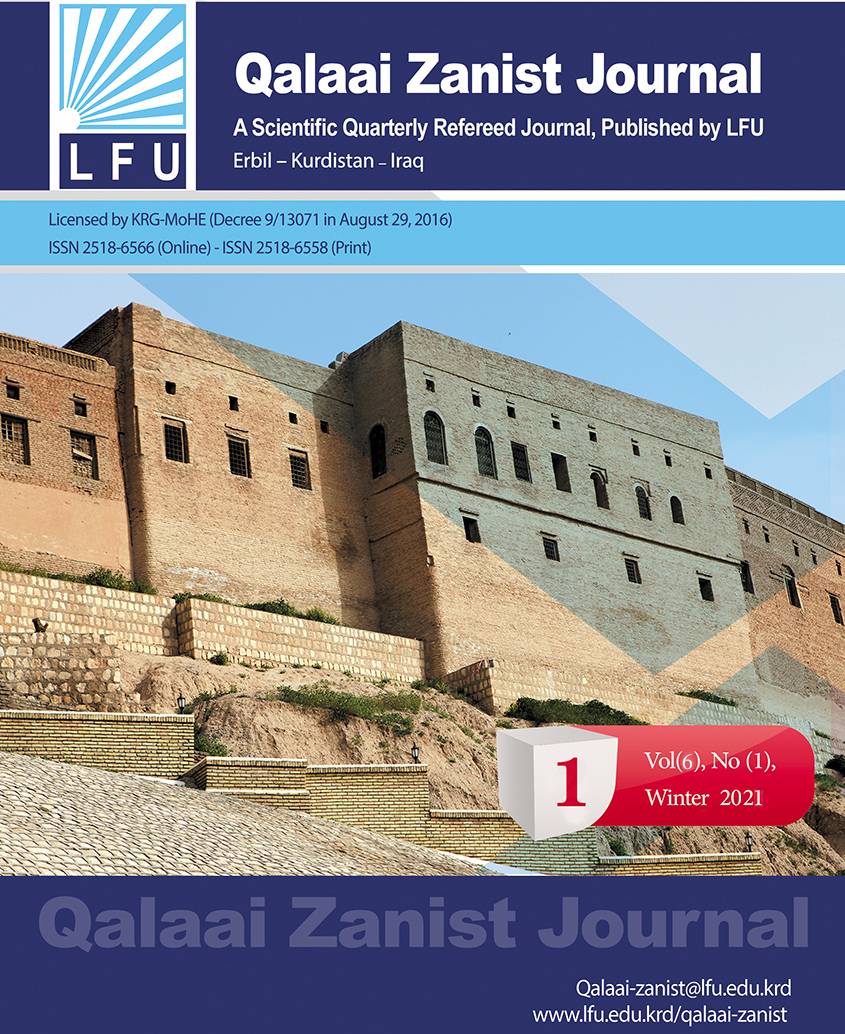The Observation of Leech’s Politeness Maxims in Ibsen’s “A Doll’s House”: A Sociopragmatic Analysis
##plugins.themes.bootstrap3.article.main##
Abstract
The purpose of this study is to explain the sorts of Leech’s politeness maxims used by the characters in the play “A Doll’s House” by Henrik Ibsen. A qualitative method is used for analyzing the data whose source is the play “A Doll’s House”. The utterances used by the characters in “A Doll’s House” play are the data of the study. The data are gathered using documentation. After reading the drama certain data related to the observance of the politeness maxims are extracted and then analyzed in terms of Leech’s maxims; tact maxim, generosity maxim, modesty maxim, approbation maxim, agreement maxim, and sympathy. It is also found that the characters of the play have observed the maxim of approbation more than the others since the theme of the play deals with humans and the characters use it for encouraging the other characters’ actions.
Downloads
##plugins.themes.bootstrap3.article.details##
How to Cite
Copyright (c) 2021 Fouad Rashid Omar

This work is licensed under a Creative Commons Attribution 4.0 International License.

